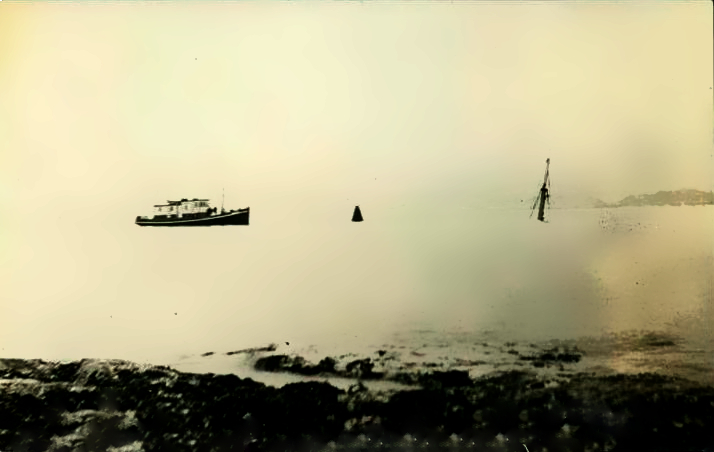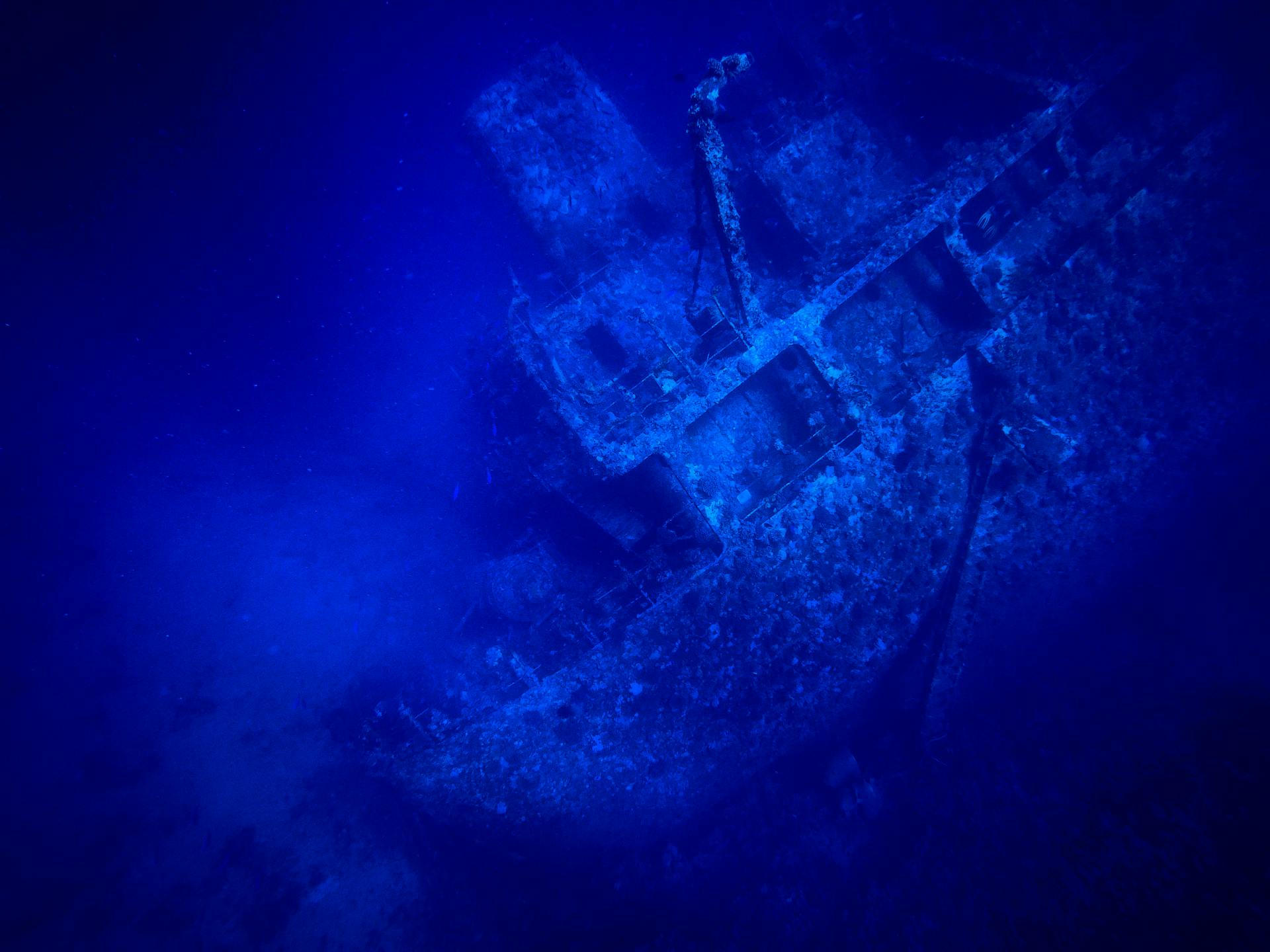Sailors Take Warning
In the wake of the news of the sinking of a tech CEO's yacht off the coast of Sicily, we're reminded of other storms and freak accidents that claimed the lives of fishermen, cruise-line passengers, and sailors alike. Let's examine 40 of the worst sea disasters in history.
Princess of the Stars (2008)
In 2008, the Philippine Princess of the Stars passenger ferry sank off the Philippine coast after being caught in Typhoon Fengshen. An estimated 747 people were aboard the ship, but only 57 would survive the disaster.
 U.S. Navy photo, Wikimedia Commons
U.S. Navy photo, Wikimedia Commons
Princess Sophia (1918)
The Princess Sophia was a passenger steamship that ran aground in Juneau, Alaska. After running aground on a reef, the vessel asked for assistance, but rescue ships were unable to reach her due to continuous storm conditions. 343 people ended up losing their lives, though the ship was lost and no one knows exactly what happened.
The singular survivor was a passenger's pet dog. To this day, Princess Sophia's sinking is the deadliest Alaskan sea disaster in history.
Nazreen-1 (2003)
The Bangladeshi passenger ferry sank on the night of August 8th, 2003, claiming 530 people, while 220 were pulled from the water and survived.
The 750 passengers and crew aboard vastly exceeded the vessel's operating capacity.
Le Joola (2002)
The sinking of Le Joola is one of the worst sea disasters of any country in Africa. The Senegalese Government-owned ferry capsized off the Gambian coast on September 26, 2002. There were over 2,000 passengers on board MV Le Joola, nearly four times the maximum capacity.
The death toll was a staggering 1,863 people, with only 64 survivors.
 Yaamboo, CC BY-SA 3.0, Wikimedia Commons
Yaamboo, CC BY-SA 3.0, Wikimedia Commons
Migrant Shipwreck off Libya (2015)
At the height of the migrant crisis in Europe, a 82-foot vessel carrying over 1,000 people capsized off the coast of Italy. There were between 1,050 and 1,100 casualties of the sinking, while 28 survivors were rescued by the Italian Coast Guard and the Maltese Navy.
MS al-Salam Boccaccio 98 (2006)
Another passenger ferry sinking that claimed over 1,000 lives occurred in the Red Sea on February 3rd, 2006. The Egyptian-flagged vessel was en route from Duba, Saudi Arabia to Safaga, Egypt.
Carrying over 1,312 passengers and 96 crew members, the vessel capsized. Only 388 people survived.
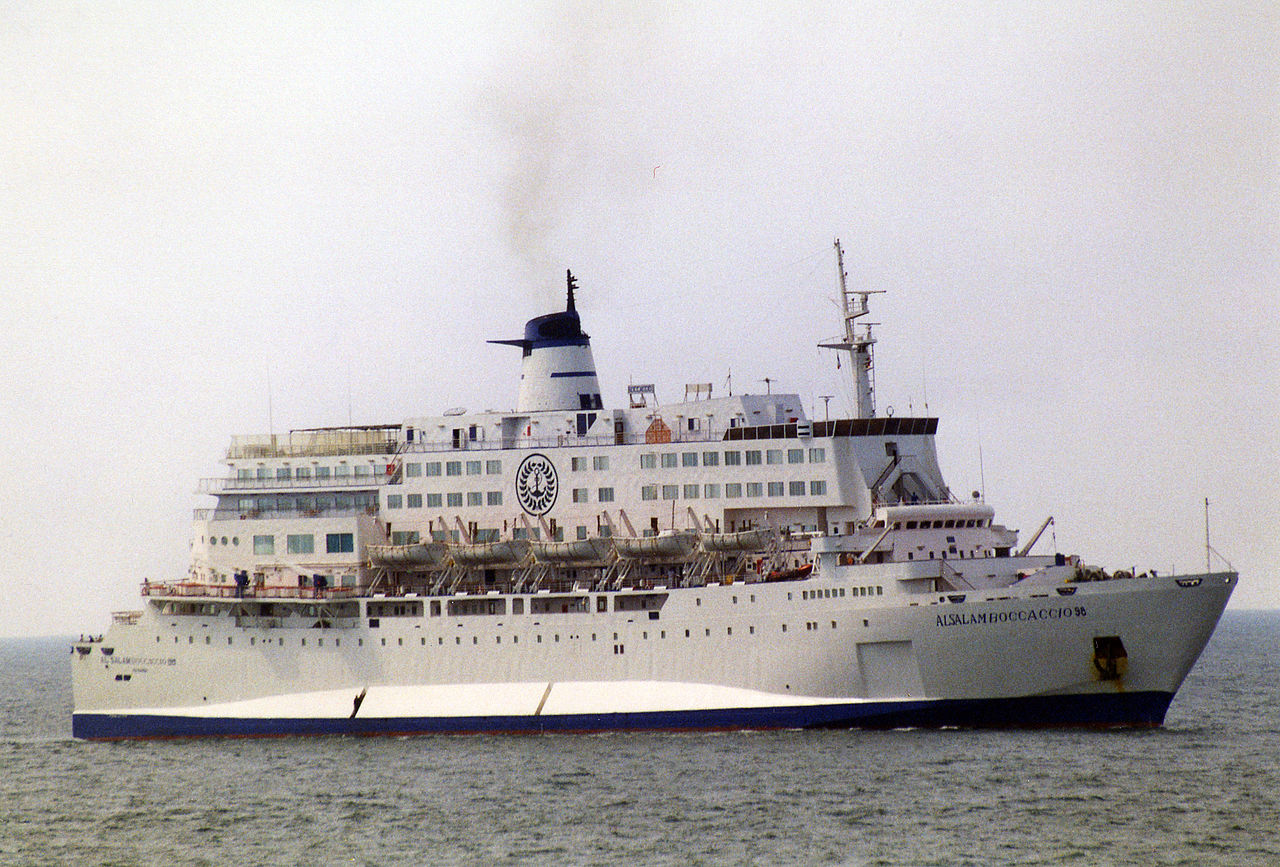 Carlo Martinelli, CC BY-SA 3.0, Wikimedia Commons
Carlo Martinelli, CC BY-SA 3.0, Wikimedia Commons
Spice Islander I (2011)
On September 10th, 2011, the Tanzanian-flagged ferry Spice Islander I sank off the coast of Zanzibar. It reported 800 passengers and crew—but that proved to be a lie.
A report by Tanzanian authorities in 2012 found that 1,573 people lost their lives, though only 200 bodies were ever recovered.
 U.S. Navy photo, Wikimedia Commons
U.S. Navy photo, Wikimedia Commons
Salem Express (1981)
The Egyptian-flagged Salem Express struck a reef while en-route from Jeddah, Saudi Arabia to Safaga, Egypt. It was carrying a listed total of 644 passengers, although other evidence suggests that the actual death toll may been closer to 1,600.
 SunJackey33, CC BY-SA 4.0, Wikimedia Commons
SunJackey33, CC BY-SA 4.0, Wikimedia Commons

History's most fascinating stories and darkest secrets, delivered to your inbox daily.
Ferry Neptune (1983)
A Haitian commercial vessel was carrying ~1,500 passengers and crew when it sank off Haiti due to overcrowding and poor weather conditions.
It's believed that 280 people survived the sinking, putting the estimated death toll at around 1,300.
Toya Maru (1954)
The Japanese Toya Maru disaster occurred on September 26th, 1954. The ship was travelling between Hokkaidō and Honshū when it was caught in Typhoon Marie, claiming the lives of 1,153 of the 1,309 souls aboard, including35 American soldiers.
 Asahi Shimbun, Wikimedia Commons
Asahi Shimbun, Wikimedia Commons
General Slocum (1904)
The sinking of the paddle steamer the General Slocum in 1904 is one of the deadliest American sea disasters in history. The vessel caught fire in New York's East River and 1,029 people were killed, making it the largest loss of life in New York City prior to September 11th.
 Angelo Agostini, Wikimedia Commons
Angelo Agostini, Wikimedia Commons
RMS Empress of Ireland (1914)
While near the mouth of the Saint Lawrence River in 1914, the RMS Empress of Ireland sank following a collision with a Norwegian cargo vessel. Despite the presence of more than enough lifeboats for everyone on board and the watertight compartment design, the ship sank in just 14 minutes, killing 1,012 people, with 465 survivors.
 BiblioArchives, Wikimedia Commons
BiblioArchives, Wikimedia Commons
Kiche Maru (1912)
The Kiche Maru was a Japanese steamliner that was carrying over 1,000 passengers when it sank in 1912 following a typhoon.
 Commodore Osman Nuri, Wikimedia Commons
Commodore Osman Nuri, Wikimedia Commons
Hong Moh (1921)
The Hong Moh was a Singaporean-flagged passenger ship that collided with rocks off the coast of China, splitting in two and sinking. Only 100 of the 1,100 on board survived.
 Ms. Georgina Smith, Wikimedia Commons
Ms. Georgina Smith, Wikimedia Commons
MS Estonia (1994)
The MS Estonia was a cruise ship lost in high seas on September 28th, 1994. The Estonia's crew and passengers totalled 989 people—852 would perish in Baltic Sea, with the bow visor's failure being blamed for allowing water to penetrate the ship's interior.
 Accident Investigation Board Finland, Wikimedia Commons
Accident Investigation Board Finland, Wikimedia Commons
Eastern Star (2015)
The MV Eastern Star was a Chinese passenger vessel that sank after taking a direct hit from a downburst (a huge windshear) and being battered by a squall line (the largest form of thunderstorm) for hours.
Over 94.9mm of rain per hour fell on the Eastern Star, and 85mph winds tossed her about like football. 442 people perished in the Yangtze River.
 davidd, CC BY 2.0, Wikimedia Commons
davidd, CC BY 2.0, Wikimedia Commons
Salahuddin-2 (2002)
The first of four Banglandeshi ferries to sink in four years (2002, 2003, 2004 and 2005) occurred on May 3rd, 2002. 450 bodies were recovered from the Meghna River, south of Dhaka.
 Michael Schwartz, Wikimedia Commons
Michael Schwartz, Wikimedia Commons
Senopati Nusantara (2006)
The Senopati Nusantara was an Indonesian ferry that sank in a storm on December 30th, 2006. Sinking in the Java Sea, between 400 and 500 people are believed to have perished, with 224 being rescued by the Indonesian Navy.
Eastland (1915)
The Eastland passenger vessels capsized and sank while docked in the Chicago River in 1915 due to an overload on the right side of the ship, causing the ship to roll over and killing 845 people.
 Max Rigot Selling Company, Wikimedia Commons
Max Rigot Selling Company, Wikimedia Commons
Bukoba (1998)
Tanzanian passenger ferry Bukoba was overloaded to almost double its capacity when it sank on May 21st, 1998 on Lake Victoria. The tragic loss of 800 souls from a ship designed to carry only 450. The ship's manifests claimed 443 people were aboard that day—but that only included first and second class.
The people in the cheap seats—the majority of the passengers—were unaccounted for.
 FrooiOhnesorg, CC BY-SA 2.0, Wikimedia Commons
FrooiOhnesorg, CC BY-SA 2.0, Wikimedia Commons
HMS Bulwark (1914)
Despite the outbreak of the WWI, HMS Bulwark and 736 of its crew (including all of its officers) lost their lives while still in port in southern England, after an explosion tore the ship apart on the morning of November 26th. Only 12 crew members would survive the ordeal.
 H. Symonds & Co, Wikimedia Commons
H. Symonds & Co, Wikimedia Commons
Ramdas (1947)
The Indian-flagged Ramdas capsized 10 miles off the coast of Mumbai in 1947, killing 690 people onboard. Only 20 people made it back to shore—one of them being the captain.
Some of the survivors swam back to port, while swam even further, to their original destination of Maharashtra.
Grandcamp (1947)
The explosion of the Grandcamp in 1947 is one of the worst American peacetime naval disasters in history. While being loaded with ammonium nitrate in Texas City, Texas, the Liberty Ship (a name given to cheaply-produced ships during the WWII, designed for wartime cargo carrying) exploded, killing all of its crew and injuring 5,000 people in the surrounding areas.
581 people died that day, including responding firefighters.
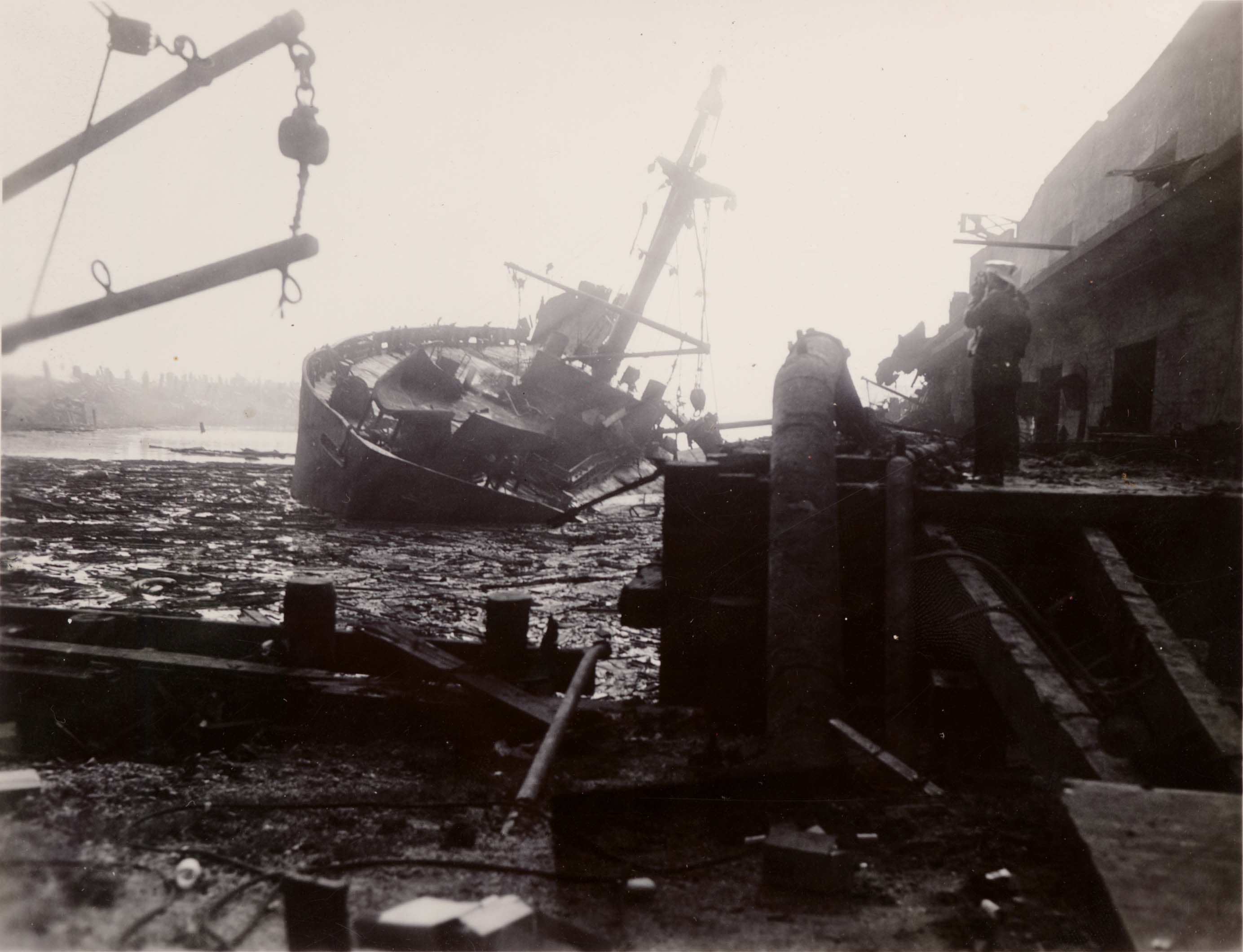 Unknown Author, Wikimedia Commons
Unknown Author, Wikimedia Commons
Shamia (1986)
The Shamia was a Bangladeshi double-decker ferry that sank in 1986 in the Meghna River in a storm. It was reportedly carrying around 1,000 passengers, of which only around half were rescued.
 Muhammad Mahdi Karim, Wikimedia Commons
Muhammad Mahdi Karim, Wikimedia Commons
Cahaya Bahari (2000)
An overstuffed Indonesian refugee vessel carrying 491 people sank in rough waters in the Molucca Sea in 2000. Only 10 people were rescued from the disaster.
Hongxing 245 & Hongxing 240 (1975)
One vessel sinking is bad enough, but the Hongxing 245 and 240 sank at the same time after colliding during a nighttime sailing operation between Guangzhou and Zhaoqing.
Of the 800 passengers between them, 432 people lost their lives.
Doña Marilyn (1988)
The sister ship of the Doña Paz, the Doña Marilyn was caught in Typhoon Unsang while sailing between Manila and Tacloban, killing 389 people of the 536 passengers and crew.
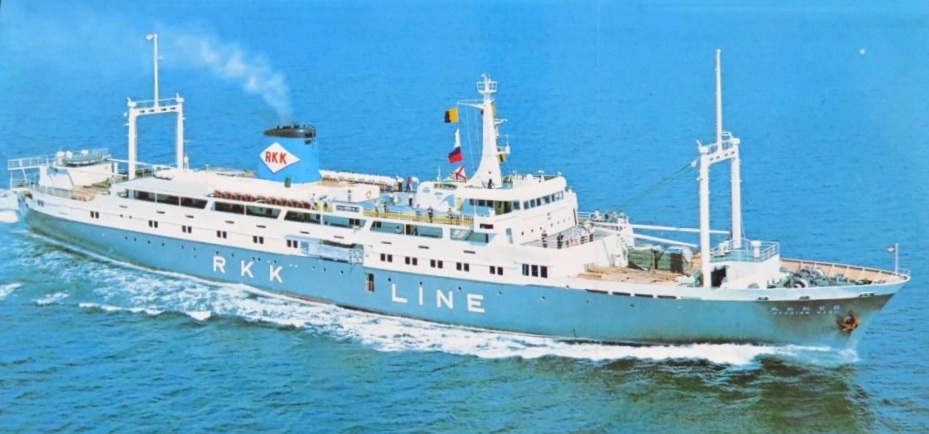 Unknown author, Wikimedia Commons
Unknown author, Wikimedia Commons
Dashun (1999)
The Chinese-flagged Dashun caught fire and broke apart in rough seas in 1999 off the eastern Chinese coast, killing 314 people of the 336 aboard.
Liberté (1911)
A pre-WW1 French battleship, Liberté exploded on the 25th of September after an unstable ammunition component caught fire, claiming the lives of all 300 sailors aboard.
 Unknown Author, Wikimedia Commons
Unknown Author, Wikimedia Commons
F174 (1996)
The F174 Maltese vessel sank off the Sicilian coast in 1996, carrying migrants from South Asia to Italy. Unfortunately, the ship was seriously overloaded and poorly maintained.
It sank in the Mediterranean Sea, killing around 285 passengers aboard. Prior to other (more recent) migrant vessel sinkings, it was the deadliest maritime disaster in the Mediterranean since WWII.
 trolvag, CC BY-SA 3.0, Wikimedia Commons
trolvag, CC BY-SA 3.0, Wikimedia Commons
Heraklion (1966)
The Greek Heraklion car ferry sank in the Aegean Sea in 1966 in rough seas. A car was left unsecured, causing damage to the loading doors during the storm, causing far greater volumes of water to enter the vessel than normally would have. Out of 281 aboard, 234 perished.
Herald of Free Enterprise (1987)
The Herald of Free Enterprise capsized on March 6th,1987, minutes after leaving port in Belgium. A crew member left open the doors to the car deck, causing the ferry to take on water rapidly and capsize. The Herald of Free Enterprise lost 193 passengers and crew out of 539 aboard.
 Archief Ranter, CC BY-SA 1.0, Wikimedia Commons
Archief Ranter, CC BY-SA 1.0, Wikimedia Commons
Haisal (1988)
On December 27th, the Haisal passenger ferry sank into Dhaleshwari River after being rammed from behind by a cargo ship, killing 200 people aboard.
 Asivechowdhury, CC BY-SA 4.0, Wikimedia Commons
Asivechowdhury, CC BY-SA 4.0, Wikimedia Commons
Don Juan (1980)
The Don Juan was a Philippine luxury cruise liner that collided with an oil tanker in the Tablas Strait. It was rated to carry 864 passengers and crew, but was found to be carrying 1,004 people that day.
Miraculously, only 176 people lost their lives due to the collision and subsequent sinking.
Scandinavian Star (1990)
The Scandinavian Star caught fire while carrying passengers and vehicles between Norway and Denmark, killing 159 passengers.
 Terje Fredh, CC BY-SA 4.0, Wikimedia Commons
Terje Fredh, CC BY-SA 4.0, Wikimedia Commons
Lampedusa Migrant Shipwreck (2013)
One of the aforementioned Mediterranean Sea shipwrecks that eclipsed F174 was the sinking of a migrant ship off the coast of Lampedusa, Italy in 2013. Though rescue efforts from the Italian Coast Guard saved 153, over 350 more were lost to the sea.
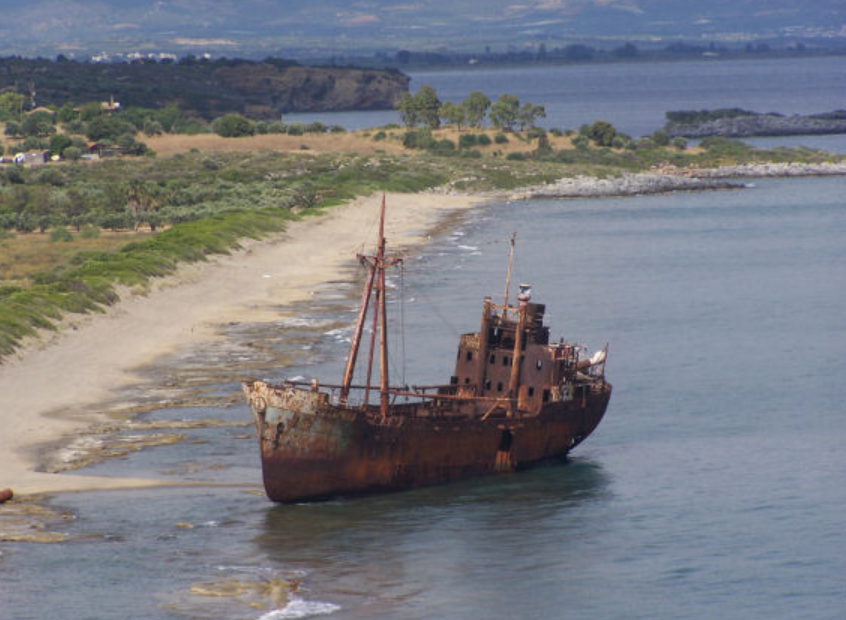 Tsdinos, CC BY-SA 3.0, Wikimedia Commons
Tsdinos, CC BY-SA 3.0, Wikimedia Commons
MV Sinar Bangun (2018)
The MV Sinar Bangun was an Indonesian ferry that sank in Lake Toba, Indonesia, killing 167 people.
The Indonesian Transport Safety Authorities blamed the ship's crew for overloading the vessel with more than four times its capacity and improperly loading their cargo.
RMS Titanic (1912)
The infamous RMS Titanic was a Royal Mail Ship that struck an iceberg at 11:42PM off the coast of Newfoundland on the 15th of April, 1912. It was the largest ship afloat at the time and carried some 3,300 passengers on the night of its sinking.
Some 1,500 passengers are believed to have perished, which at the time was the deadliest maritime disaster in history.
Sobral Santos II (1981)
The Brazilian-flagged Sobral Santos II sank in the Amazon River on Septmber 19th.There were 500 people said to have been aboard the Sobral Santos II, but only 178 survived.
In 2014, British angler Jeremy Wade explored the possibility that Piraiba and Redtail catfish were responsible for some of the deaths following the sinking, as passengers may have been pulled underwater by the fish.
 Discovery, River Monsters (2009–2017)
Discovery, River Monsters (2009–2017)
Doña Paz Disaster (1987)
The Doña Paz was a Philippine passenger ferry destined from for Manila from Tacloban, carrying thousands more than its certified capacity of 1,518 passengers. These were un-ticketed people crammed onto the ship. The Doña Paz collided with an oil tanker late on December 20th, 1987—all souls, save for 26 people, were killed. A stunning, tragic total of 4,386 passengers perished.
The oil tanker in question was the MT Vector, operating without a license, lookout, or a properly qualified master and it was deemed to be partially liable for the collision, as adjudicated by the Supreme Court of the Philippines. However, survivors aboard the Doña Paz revealed the lifejacket lockers had been locked.
While life at sea carries with it some inherent risk, none of the people in these disasters expected to lose their lives. Many will be remembered as victims of tragic bad luck, or bad decisions of those entrusted with their safety. Can you think of any further sea disasters we've missed? Let us know below.
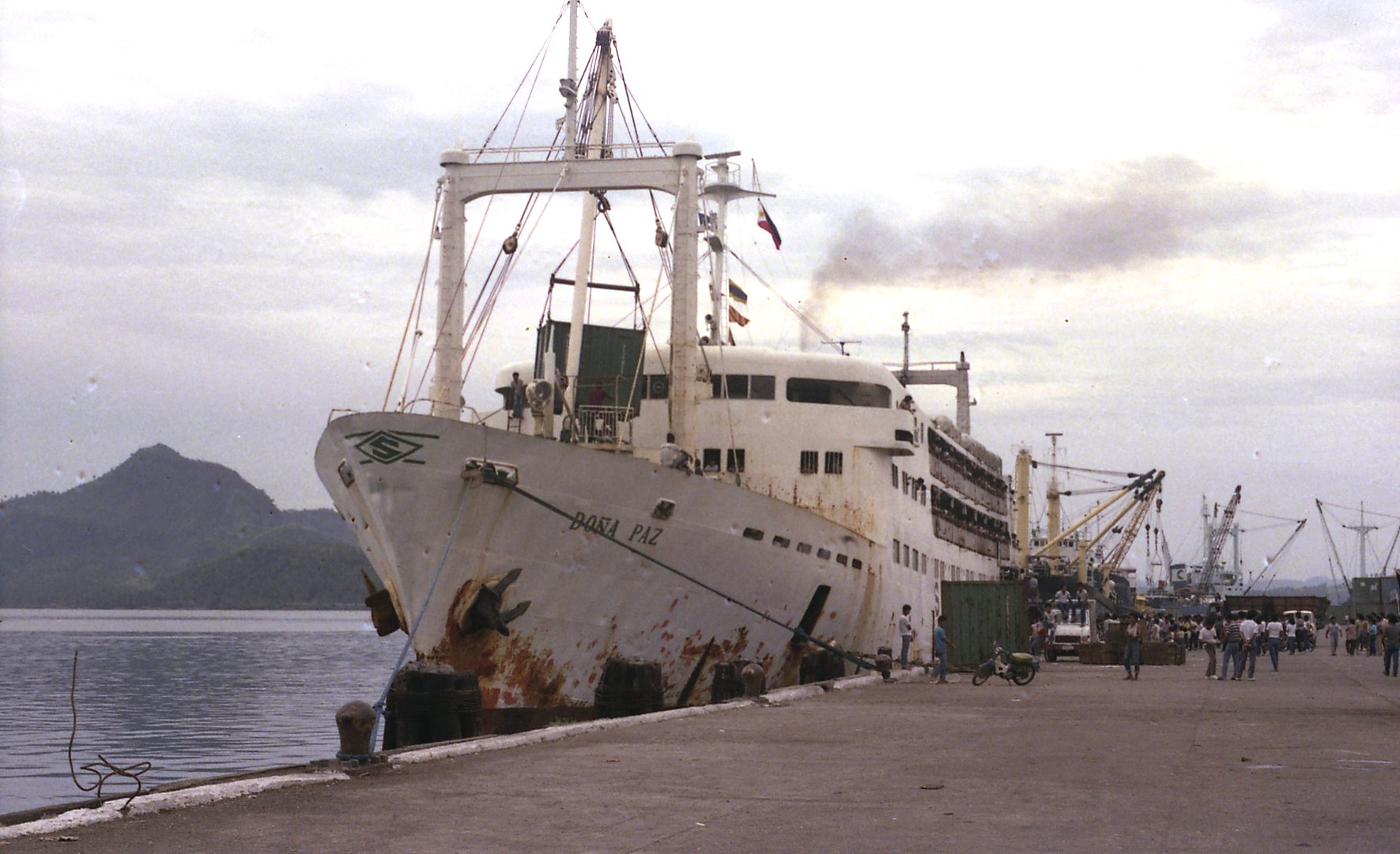 lindsaybridge, CC BY-SA 2.0, Wikimedia Commons
lindsaybridge, CC BY-SA 2.0, Wikimedia Commons


